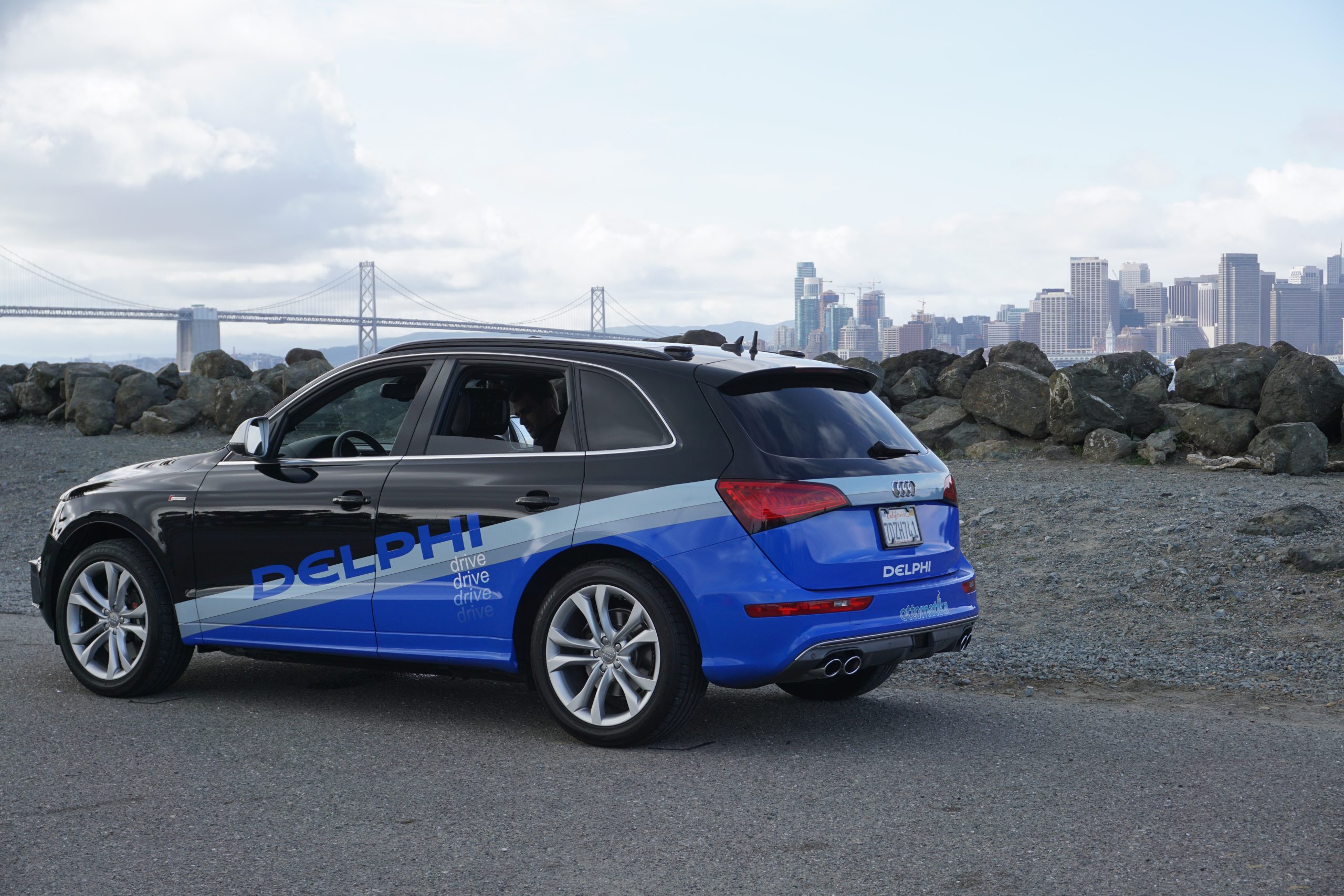If you want to build a self-driving car and test it on public roads in California, the state’s Department of Motor Vehicles says that every year you have to submit a disengagement report—basically a list of every time the human driver had to take over for the car. This year, Bosch, Delphi, Google, Nissan, Mercedes-Benz, Tesla, and Volkswagen Group were required to submit disengagement reports, and the results are largely what you’d expect from a novel and complicated technology.
Google, as the company that has driven the most miles on public roads in California, said it experienced 341 significant disengagement events over 424,000 miles of driving (PDF). Similarly, Nissan reported that it drove 1,485 miles on public roads in California, and it experienced 106 disengagements. Delphi’s two autonomous vehicles drove 16,662 miles, and the company reported 405 disengagements. Tesla, for its part, reported no disengagements (PDF) from fully autonomous mode from the time it was issued a permit to test self-driving cars in California.
While it’s tempting to use those numbers as a comparison point as to how good a company’s autonomous vehicles are, there are many variables that could obscure an otherwise accurate comparison. The numbers only reflect miles driven on California roads and disengagements that happen in that state. If a company primarily tests its public road driving in another state, those numbers won’t be reflected in these reports.
Also, as Google notes, the technology is still in development, so engineers don’t necessarily want to keep disengagements from happening because every mistake is a chance to build more fail-proof software. "Our objective is not to minimize disengagements; rather, it is to gather, while operating safely, as much data as possible to enable us to improve our self-driving system,” Google writes.
Google also offers the most detail of all the automakers as to why the disengagements occurred. 272 disengagements happened when the car detected some sort of anomaly that it could not reconcile—these include things like a broken wire, anomalies that come from accelerometer or GPS readings, or "anomalies in the monitoring of key functions like steering and braking.”


 Loading comments...
Loading comments...
